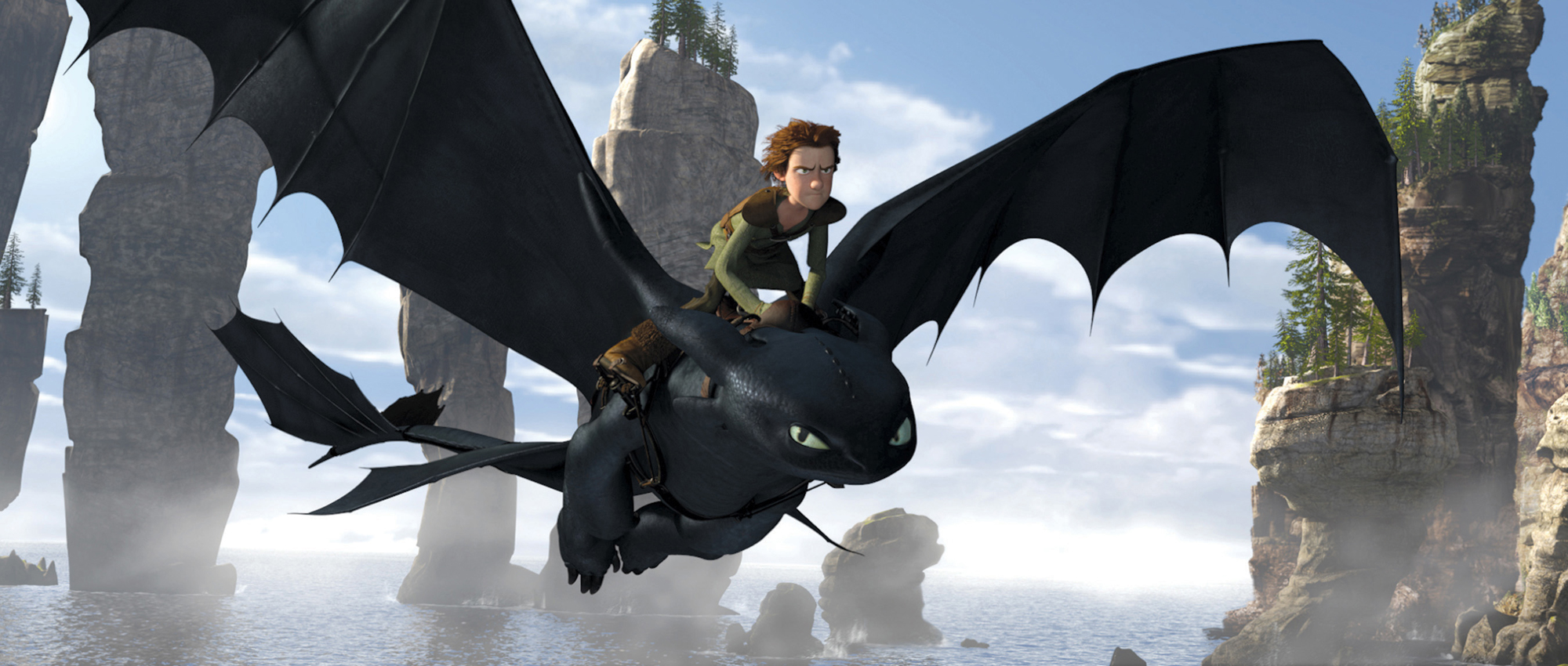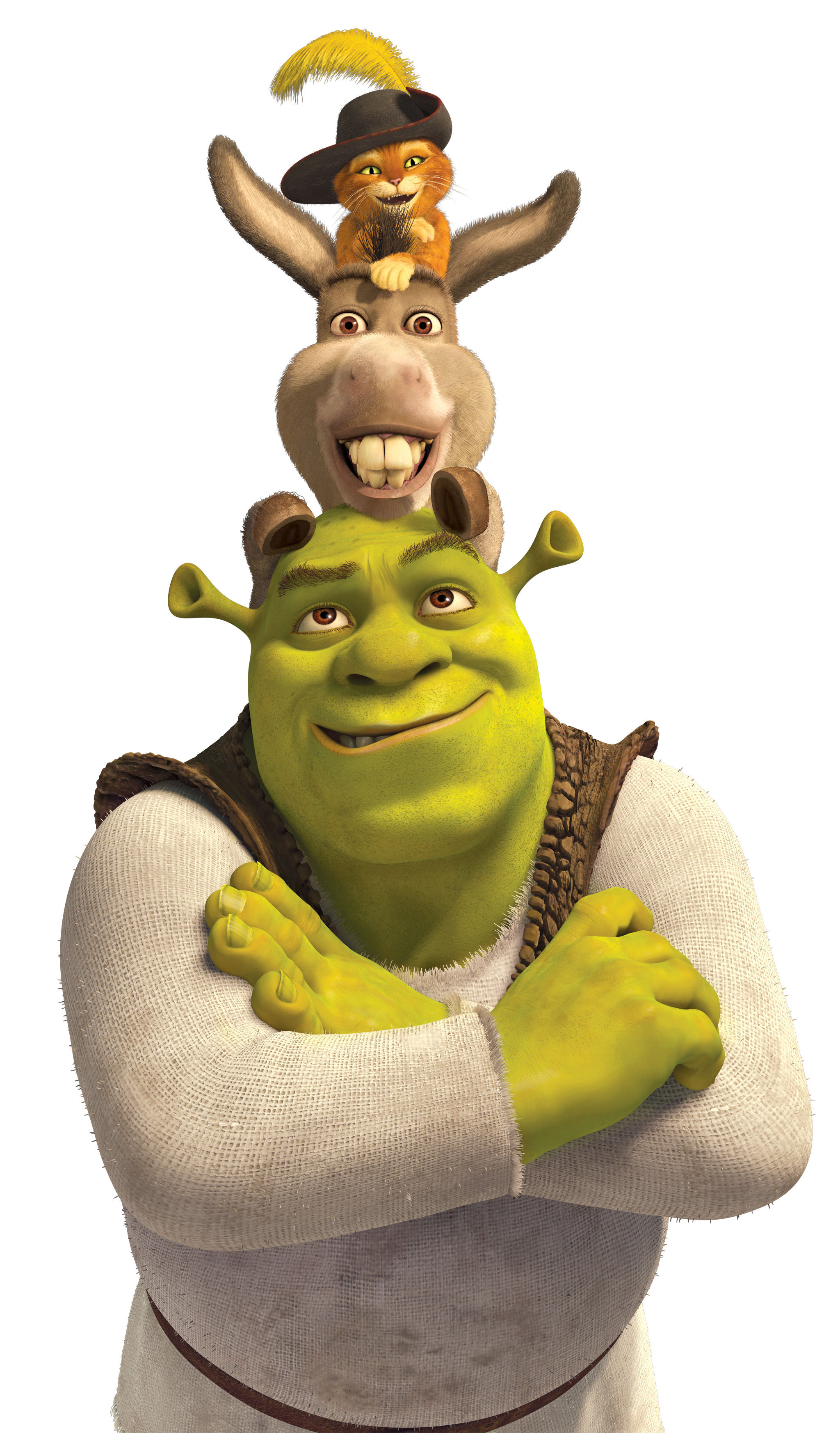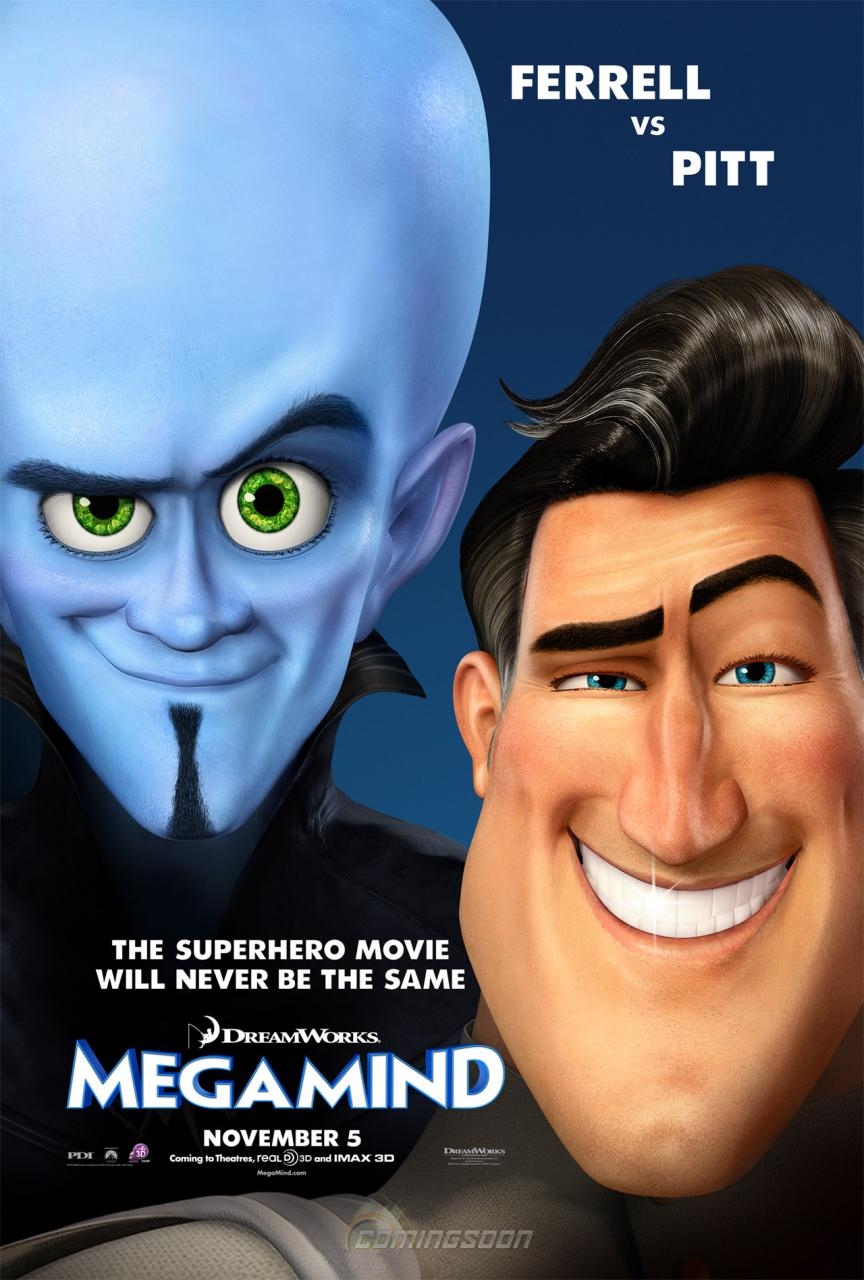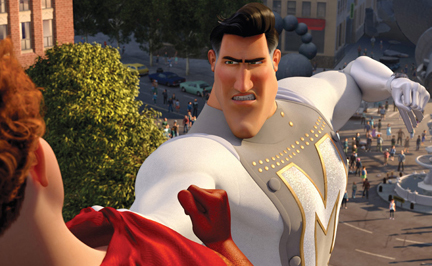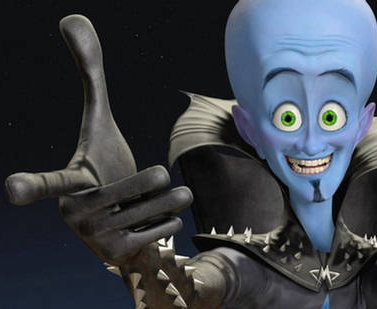The Rise and Fall of DreamWorks Animation, Part 2: Fall
 Thursday, March 26, 2015 at 10:20PM
Thursday, March 26, 2015 at 10:20PM UPDATE 3/29: Well! Now Home has gone and ruined my entire beautiful narrative arc by wildly outperforming even the most rosily optimistic predictions during its opening weekend, with an estimated $54 million. With that total in its pocket, even under the worst imaginable scenario, it should still glide past $100 million in the United States with ease - $150 mil is certainly in play - and combined with its sterling overseas performance so far, it shouldn't have any problem turning a profit for DreamWorks. The day of reckoning has been put off.
It will be interesting to see how this plays out. As DreamWorks's only 2015 release, the studio won't be able to build up any momentum, but it gives the powers that be a good chance to breathe easily and take a good long time to re-work their future plans. Hopefully the right lessons are learned from this ("Non-white girls can sell movies, too") and not the easier wrong ones ("That absolute piece of crap made us money! We don't ever have to try again!), and hopefully it will encourage this and all other animation companies to experiment a little bit more with new properties instead of just retrenching to sequels every time someone says "boo". -Tim
Tim here. Last week, we took a tour through the peak years of DreamWorks Animation, during which time the House That Jeffrey Katzenberg's Hatred of His Old Bosses at Disney Built established itself as the biggest gorilla in American feature animation. And as 2010 dawned, the studio was on the verge of a remarkable achievement. That year, DreamWorks released three feature-length theatrical films – the most any studio had ever produced. It proved to be a great year to do so, an extraordinary year for animation: five of the year's top ten films at both the domestic and worldwide box office were animated, an unmatched record.
That, of course, is exactly the problem. Having perfected a factory for producing animated features that anyone could follow, DreamWorks was as responsible as any studio for the glut of animation that hit in 2009 and has continued largely unabated ever since. By making its products too ubiquitous, the studio was making them routine and increasingly easy to ignore.
Not that it was apparent from the first of the year's releases, How to Train Your Dragon, which netted DreamWorks its best reviews ever and remains its highest-grossing Stateside release without the word "Shrek" in the title. [More...]
